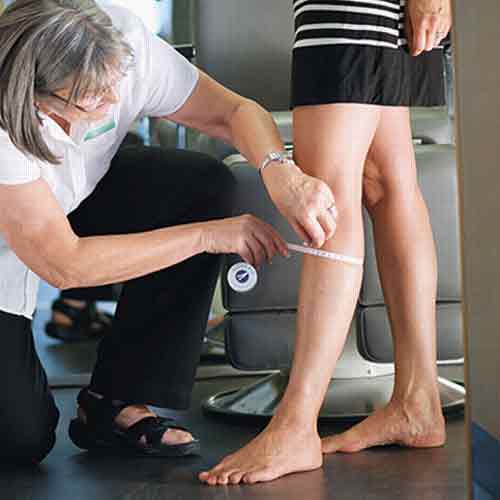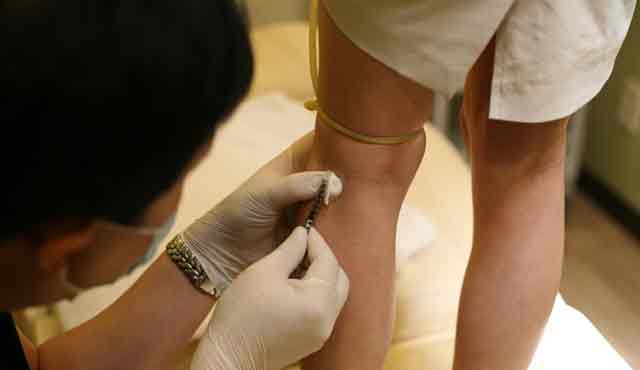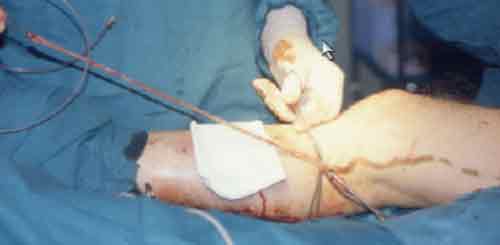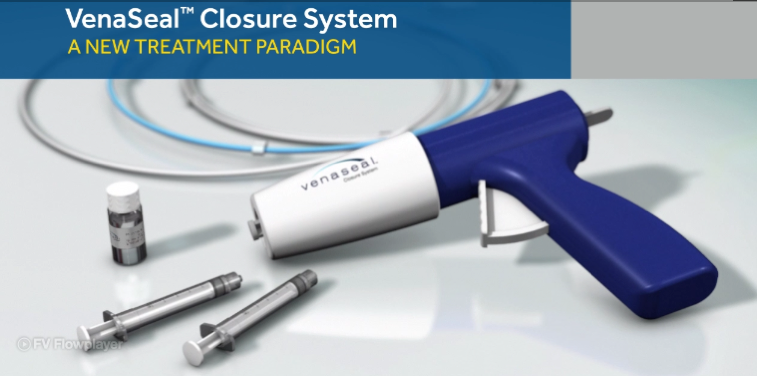Let’s see how to treat varicose veins.

Conservative treatments
First, there is a conservative treatment. Once in the varicose veins, it is important to prevent it. This requires changing lifestyles. For example, you do not sit with your legs crossed when you sit down, do not wear too tight clothes, and avoid obesity. Walking is recommended for two hours a day. Diet therapy is also important. Particularly, it is good to eat foods with high fibers. It is also good to help the circulation of the veins by moving frequently.
Compression Stocking
There is also pressure therapy. It is recommended that you wear high-pressure compression stockings. This results in a 40-90% treatment within a year. However, it has a disadvantage of high recurrence rate and long wearing time. However, it is one of the basically recommended methods because of its obvious prevention effect.



Sclerotherapy
Sclerotherapy is one of the widely used therapies in Evita clinic. .Sclerotherapy is a procedure used to treat varicose veins or spider veins. Thrombojet agents are injected into the veinss, which makes them shrink. Sometimes, It is used for children and young adults with vascular or lymphatic malformations. In adults, sclerotherapy is often used to treat spider veins, smaller varicose veins, hemorrhoids and hydroceles. Sclerotherapy has been used in the treatment of spider veins and occasionally varicose veins for over 150 years. Like varicose vein surgery, sclerotherapy techniques have evolved during that time. Modern techniques including ultrasonographic guidance and foam sclerotherapy are the latest developments in this evolution.

Stripping / High Ligation
“Stripping & high ligation of GSV” is a surgery performed under general anesthesia. This surgery is more likely to cause complications. Complications include bleeding, paralysis, and infection. In addition, the recovery period is relatively long, about 1 to 5 days, and the cost is relatively high. We do not do it in our hospital.


Ambulatory Phlebectomy is a method of removing broken blood vessels through a minimum incision of about 5 mm. It is often performed on varicose veins located below the knee. It is the method used for the treatment of varicose veins and perforating veins, which are so much more difficult to cure by other methods
Closurefast™ (RF) Procedure
Closurefast™ varicose Vein High Frequency Surgery is an ultrasound that finds the vessel that causes varicose veins, and inserts the Closurefast™ catheter into the damaged vessel through a small incision for insertion of the surgical instrument. Through the intravenous Closurefast™ catheter, thermal energy is delivered to the vein wall. The thermal energy delivered to the vein wall creates a blood vessel closure that closes the blood vessels that cause the varicose veins. By doing so, the blood itself can help circulate the normal vein.
Venaseal ™

Venaseal ™ is a procedure using bio-binding agent. This treatment is a way to prevent blood from back flowing by blocking broken blood vessels with bio-binding agent, without applying heat like laser or high frequency surgery.
The advantage is that it minimizes the impact on the human body. Also, the use of anesthetics can be minimized. Therefore, the incidence of complications related to anesthesia can be reduced. It also has the advantage that it is not necessary to wear compression stockings after the procedure. This is especially beneficial when treated in hot summer. It is because it is a fact that many patients are hard to wear compression stockings in hot summer. In addition, contact dermatitis on compression stockings may be helpful for patients with arterial vascular disease.
This treatment has been approved by the FDA and is now widely used as a major treatment in major US varicose vein centers. In Korea, the Korean Ministry of Health and Welfare approved the formal implementation in Korea at the end of 2016. It is a proven new medical technology.
Early varicose veins can be immediately effective with sclerotherapy, but RF treatment or phlebectomy should be performed if the disease progresses to some extent. Because it is a surgical procedure, you may be worried about scarring. However, scars are almost invisible, since only a minimum of 5 to 8 mm of incision is required in several areas of the skin. There is no need to hospitalization and it is convenient to proceed with local anesthesia or sleep anesthesia.
